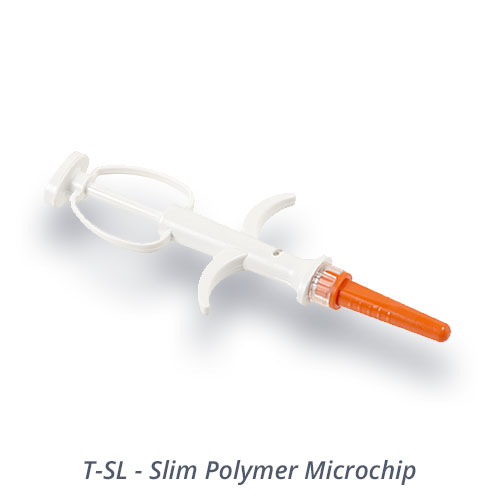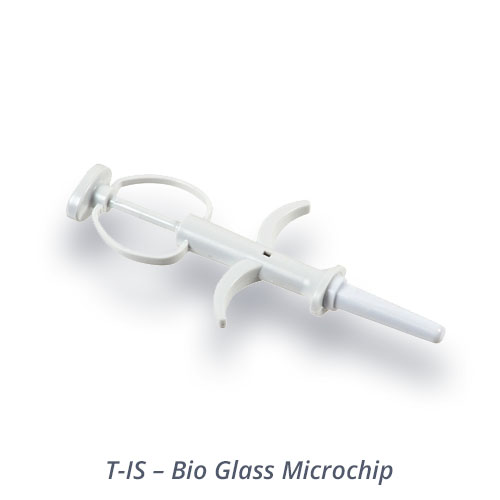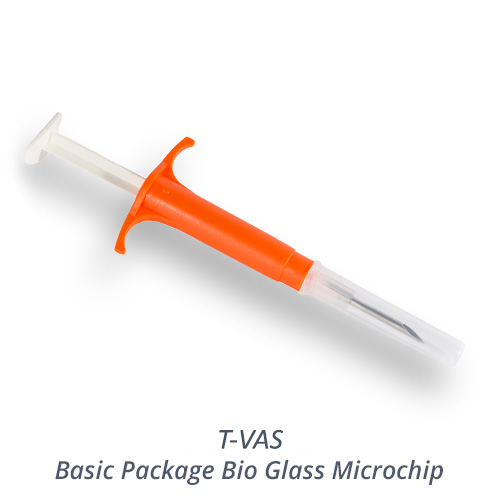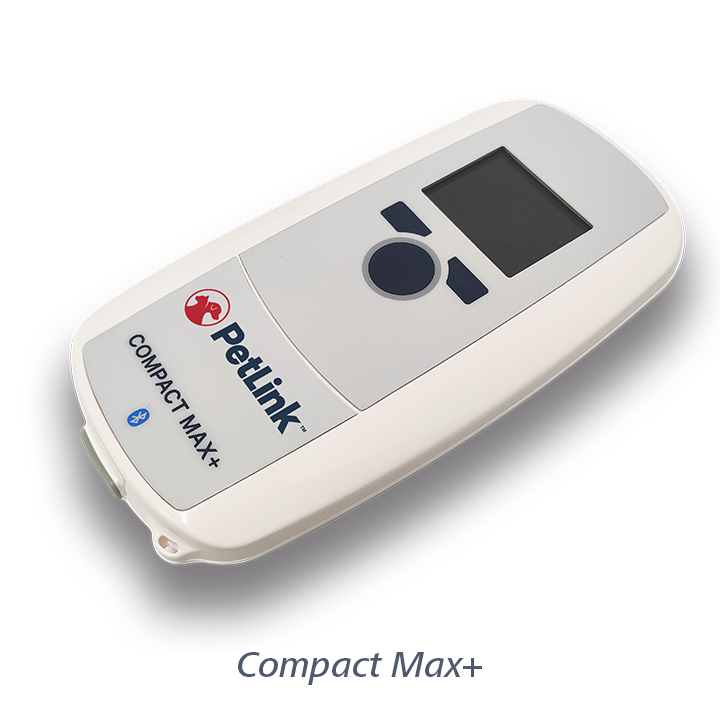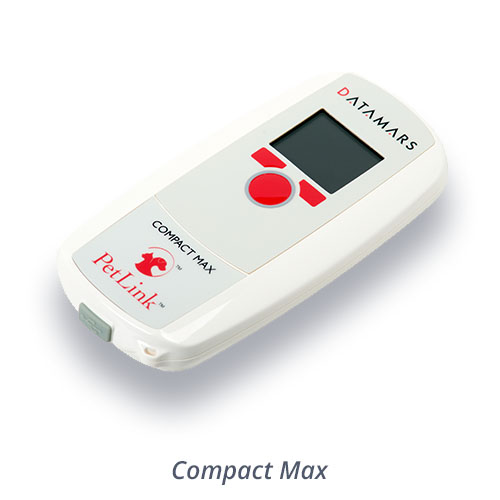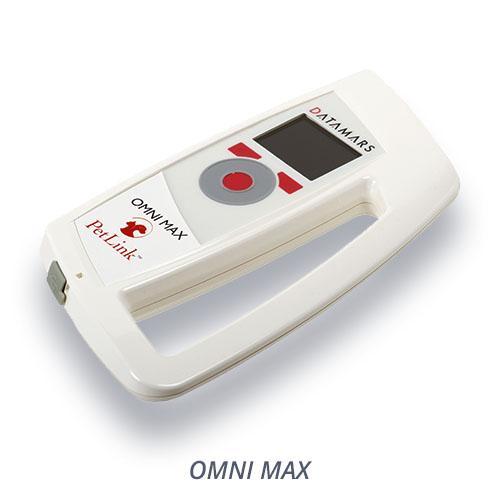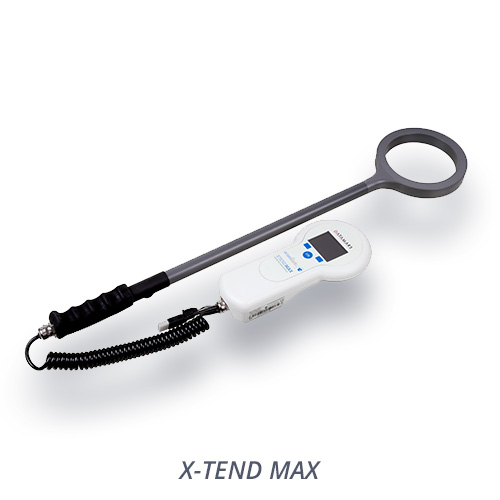
Products
Transponders & Implanters
Readers

Reunification Platforms


The cornerstone of Datamars’ 24/7/365 pet registry and recovery service
For USA, Canada, France and Brazil, we offer an online platform dedicated to reuniting pet owners and their pets through microchip registration. PetLink provides veterinarians, animal welfare organizations and pet owners a user-friendly online service to register and report animals that have been lost or found. The PetLink registration is often included in the microchip cost for pet owners and covers them for the lifetime of their pet. Users can access PetLink online at any time to update or change their personal information or pet profile.
Visit the Petlink Official Website to learn more about PetLink’s benefits and make sure to follow PetLink on Facebook!


The international online search engine for lost pets
Petmaxx is the international online search engine for pets operated by Datamars that allows pet owners, veterinarians, shelters and whoever is trying to find a lost animal to search the microchip number of the lost animal in over 30 national pet databases throughout the world, containing over 20 million registered companion animals.
As soon as the microchip number has been entered, Petmaxx searches in all connected databases for this number. In only a few seconds you will know where the animal had been registered.



